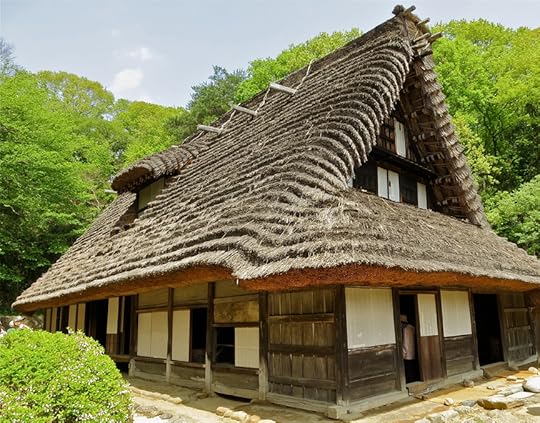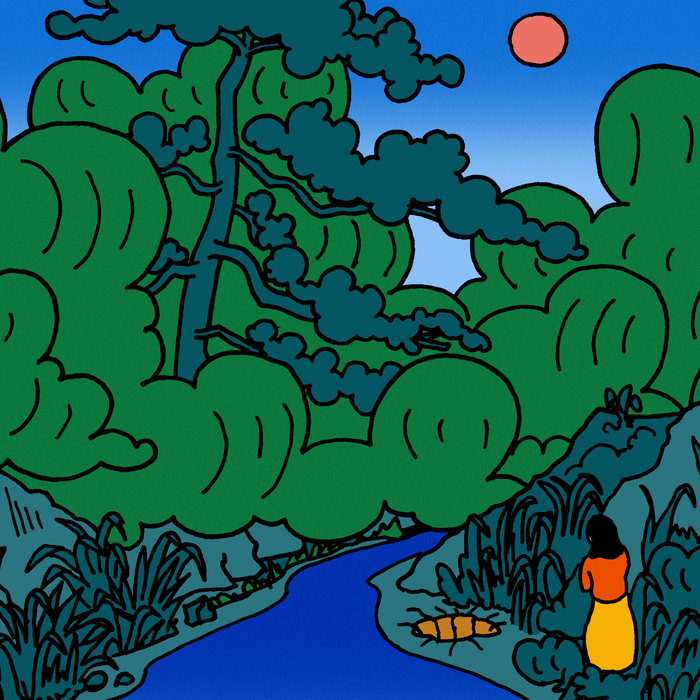What do you think?
Rate this book


92 pages, Paperback
First published May 1, 2013
Why did she keep calling me “the bride”? No one had ever called me that before. When I was working, people always called me Matsuura. Then again, we’d just met. She could hardly call me “Asa” the way Tomiko does. She definitely couldn’t call me “Matsuura.” For her, that had to mean Tomiko. Even my husband couldn’t be “Matsuura” in her eyes. I guess that would make me “the bride.”


